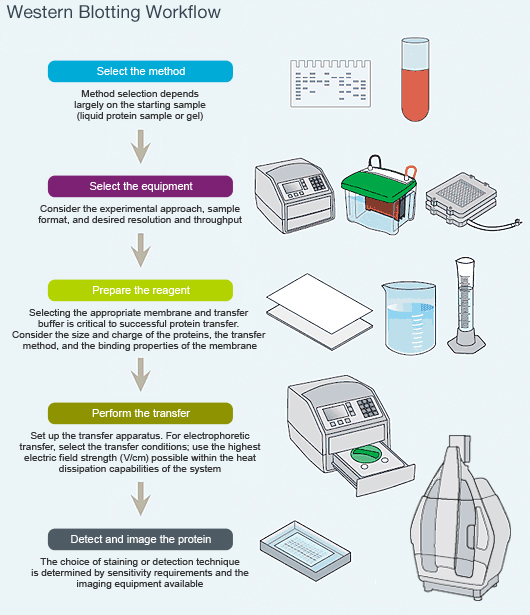
BLOT ANALYSIS SOFTWARE
Image analysis software typically offer tools to subtract background, depending on the method of band quantification used.Īn intuitive way to think about background is to think about how we measure the size of mountains. For situations where the background intensity is near that of the signal, or where the background is uneven, identifying which pixels belong to the band of interest, and identifying the relevant background to subtract can be challenging. This background can come from non-specific binding during antibody incubation, membrane background in the case of fluorescent images, or background arising from the instrumentation itself.įor bright, isolated bands on smooth backgrounds, this process can be relatively straightforward. No western blot is perfect, and all blot images show some level of background. Therefore, band quantity is often referred to as band "volume" by imaging software. Each pixel also carries signal intensity information, which can be thought of as data in the third dimension. The pixels that comprise the part of a band have x and y coordinates, so outline an area. Therefore, band quantity can be thought of as a volume, which is the total amount of signal for all the pixels within that band. Each pixel in a blot image has an x and y coordinate, in addition to an intensity value, which occupies the third dimension. A digital image of a blot can be thought of as data in three dimensions. A western blot image is made up of pixels, which contain information about how much signal was collected at each location in the image. Band VolumeĪ protein band is a feature that appears in a western blot image. Note: western blots are semi-quantitative so they are ideal for showing relative protein expression rather than an absolute quantity. By analyzing the intensity of the signal, you may determine whether the expression of the target protein in one sample has increased or decreased relative to another sample or control. The signal intensity of the band is directly proportional to the concentration of your target protein. Quantitating a western blot refers to the measurement of the signal emitted by your protein band(s) of interest. Because of copyright issues we include a representation of the blot in the student problem above.Blot Quantitation and Background What Does Quantitation Mean? Note: in class we post the actual blot online.

As students work this problem and discuss possible answers, misconceptions are frequently uncovered for example, one common misconception is that there must be multiple genes coding for the protein and that is the reason for the multiple bands. where in the cell mRNA is synthesized and processed versus where in the cell a mature mRNA may be located and translated. They often miss the significance of the nucleus and cytoplasm labels, and need coaching to recognize that the location hints at various processes, i.e. Students often don't intuitively connect the bands on the gel with the idea of exons and introns, even though they have just heard a mini-lecture on RNA processing, including splicing and alternative splicing. The questions require the students to operate at a high level of thinking (synthesis and analysis) to make the connection between RNA splicing occurring in the nucleus and the bands they observe on the gel. This type of problem exposes students to a new technique in a real context, and helps them gain practice with data interpretation skills. In other words, the bands show the position of mRNAs containing a complementary sequence to the probe. The black bands correspond to where the probe bound to the RNA sequence. Draw a picture of what was just described.Ī piece of film (like they use for an X-ray) is laid on the membrane filter and then developed.

The radioactive label on the probe allows you to visualize where on the filter the DNA probe bound to mRNA. The probe is a short piece of DNA that is complementary in sequence to the RNA you want to detect. The filter is incubated with a specific probe that is radioactively labeled. Just like DNA, however, the RNA can't be visualized with our eyes. The RNA is then transferred to a membrane filter in a process called blotting. To do a northern blot, RNA is loaded into the wells of a gel, and separated according to size by electrophoresis. Northern blots are used to detect the presence of specific mRNA molecules. Below is a representation of a northern blot (Nordstrom et al., 1979).


 0 kommentar(er)
0 kommentar(er)
